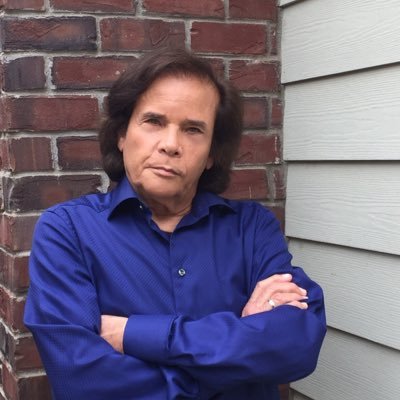Juan Diego
Popular As Juan Diego Cuauhtlatoatzin
Birthday December 14, 1942
Birth Sign Sagittarius
Birthplace Cuauhtitlán, Tenochtitlan, Aztec Empire (located in modern Mexico)
DEATH DATE 1548, Tepeyac, Mexico City, New Spain (located in modern Mexico) (80 years old)
Nationality Mexico
Height 5' 8½" (1.74 m)
#30460 Most Popular















